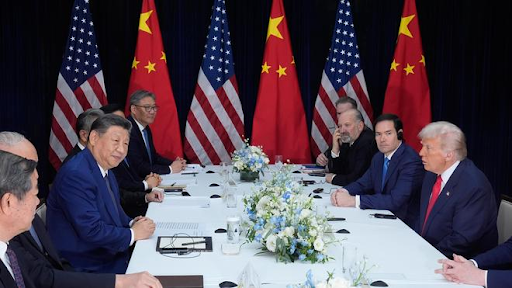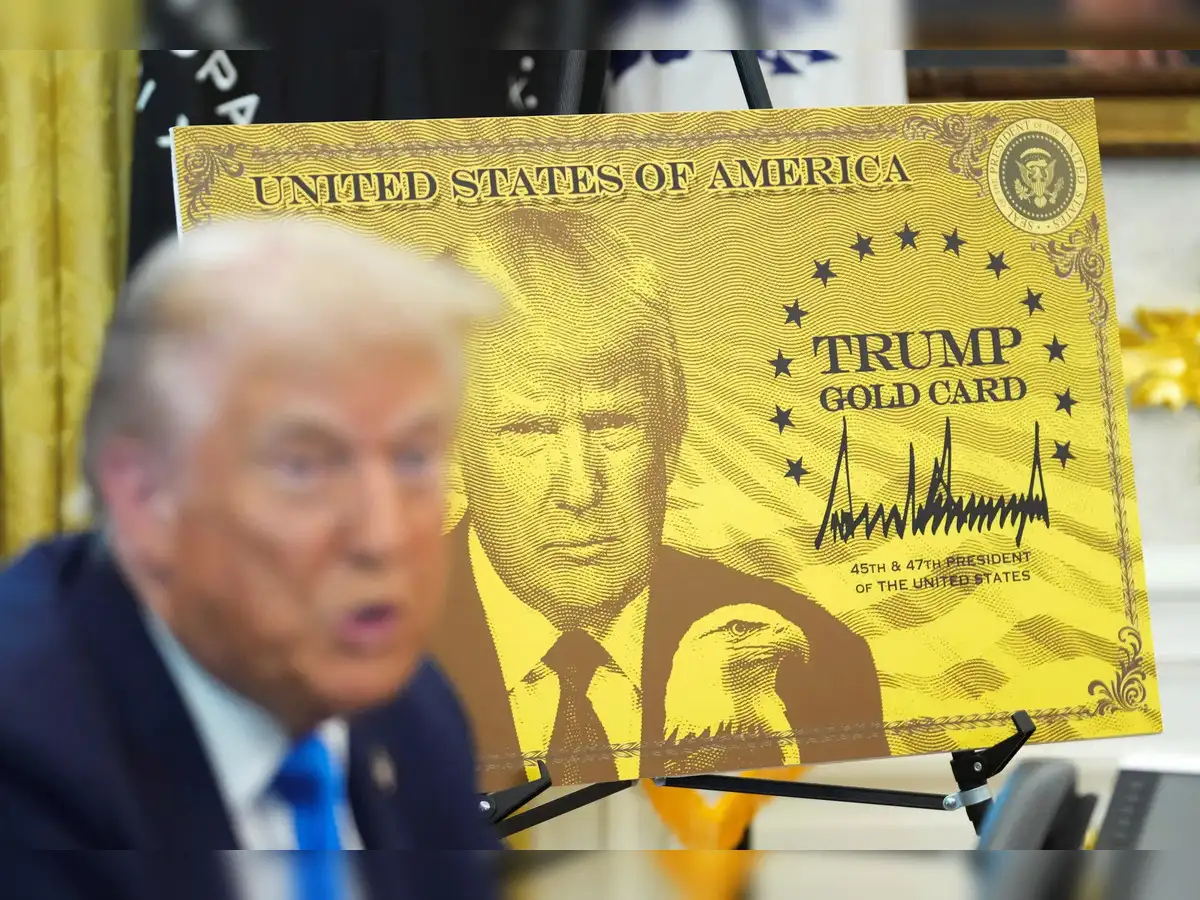



At the 78th WHA, WHO’s 194 member countries adopted a historic Pandemic Agreement to prevent future health crises like COVID-19. This legally binding treaty promotes equitable vaccine access, strengthens global supply chains, and respects sovereignty. Despite U.S. withdrawal, 124 nations supported it, aiming for ratification by 2026.

Copyright infringement not intended
Picture Courtesy: APNEWS
WHO adopts pandemic treaty to prevent future global health crises.
The World Health Organization (WHO), a global health body under the United Nations, brings together 194 member countries to tackle health challenges. Every year, these countries meet at the World Health Assembly (WHA) in Geneva, Switzerland, to decide health policies.
In 2025, at the 78th WHA, member countries approve a Pandemic Agreement to better prepare the world for future pandemics, learning from the chaos of COVID-19, which killed millions between 2020 and 2022.
This agreement, finalized after over three years of negotiations, aims to make global health responses faster, fairer, and more collaborative. However, the United States does not participate due to its withdrawal from WHO, raising questions about the agreement’s impact.
It is a legally binding treaty, only the second in WHO’s history; the Framework Convention on Tobacco Control in 2003.
Member countries design it to fix the mistakes exposed during COVID-19, such as unequal access to vaccines, poor coordination between nations, and weak disease surveillance systems.
The agreement encourages countries to work together to prevent pandemics, prepare for them, and respond effectively if they occur. It focuses on equity—ensuring poorer nations get fair access to vaccines, medicines, and protective equipment like masks.
It includes a Pathogen Access and Benefit-Sharing (PABS) system, where countries sharing virus data receive tests, treatments, and vaccines in return, with 20% of these resources reserved for low-income nations.
The agreement strengthens global supply chains for medical supplies and supports local production of vaccines in developing countries.
It respects national sovereignty; WHO cannot enforce rules like lockdowns or vaccine mandates on countries.
The agreement marks a rare moment of global unity. After three years of talks, 124 countries voted in favor, with no opposition (11 countries, including Slovakia, Poland, and Russia, abstained). The agreement’s adoption under Article 19 of the WHO Constitution stresses its legal weight, though it will take effect after 60 countries ratify it and an annex is finalized by the 79th WHA in 2026.
Must Read Articles:
WHO URGES NATIONS TO SIGN PANDEMIC TREATY
Source:
|
PRACTICE QUESTION Q. Discuss the significance of the “One Health” approach in the context of the WHO Pandemic Treaty. How can this framework improve global health security? 150 words |




© 2026 iasgyan. All right reserved